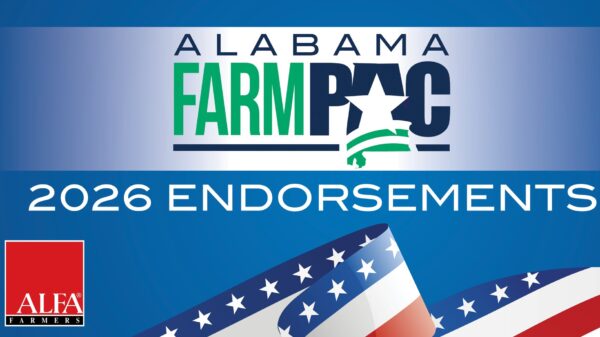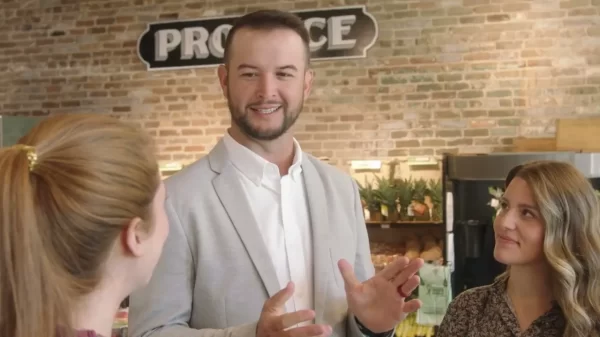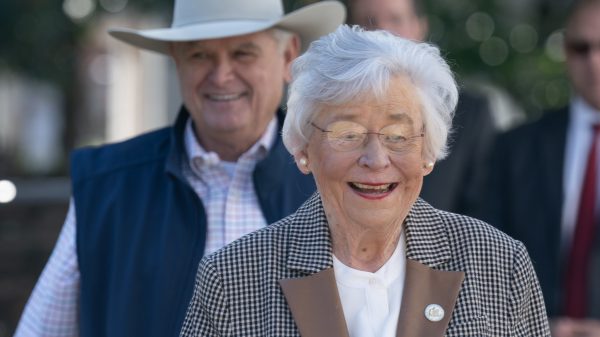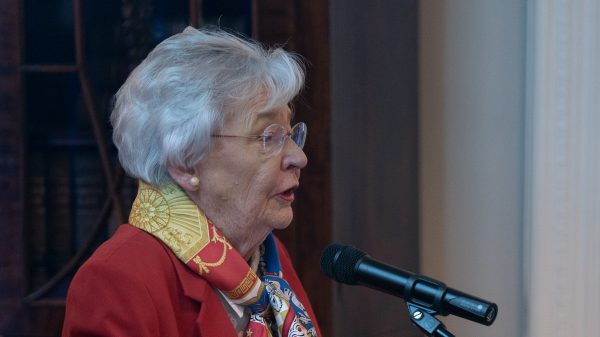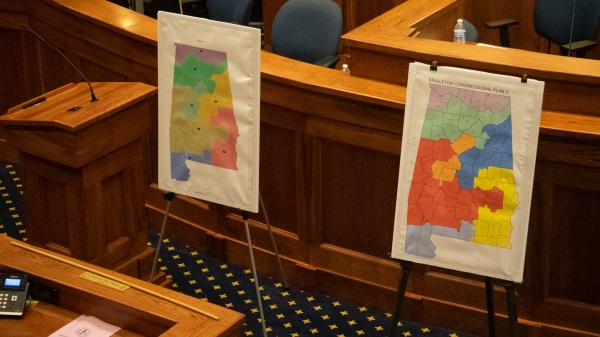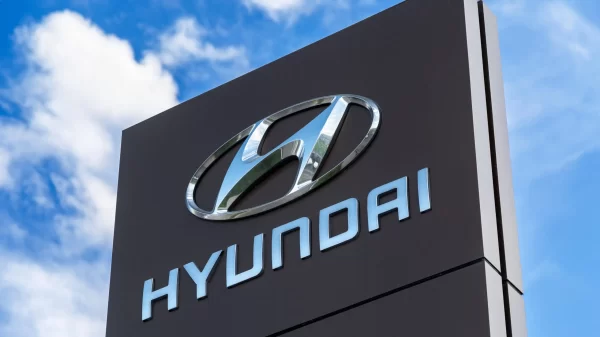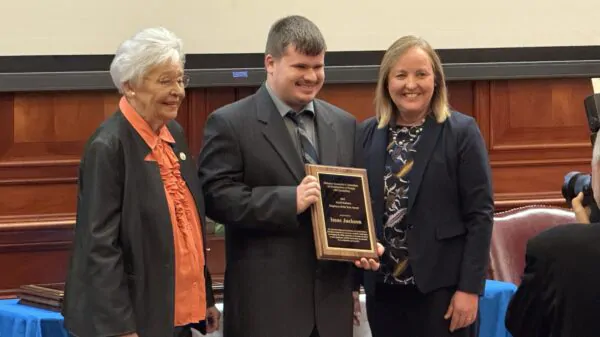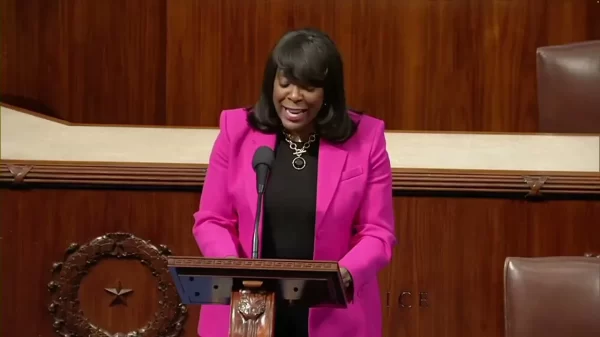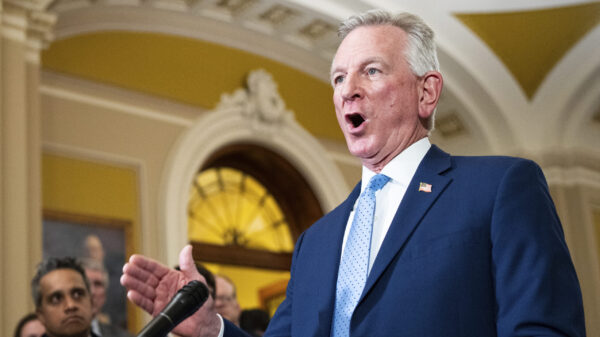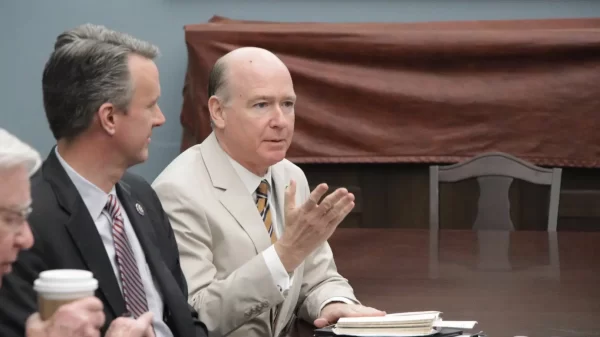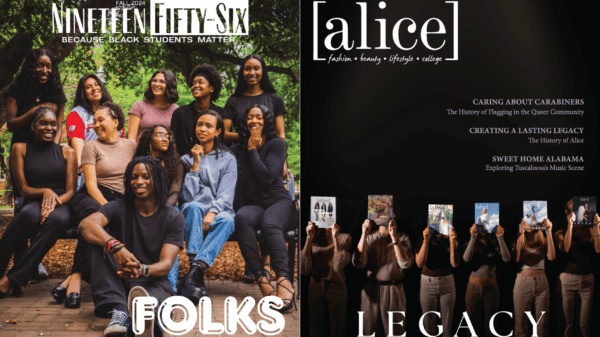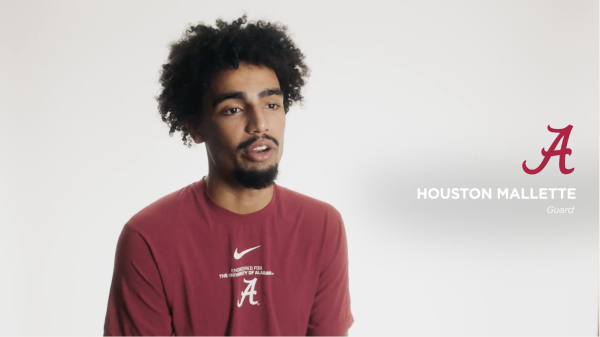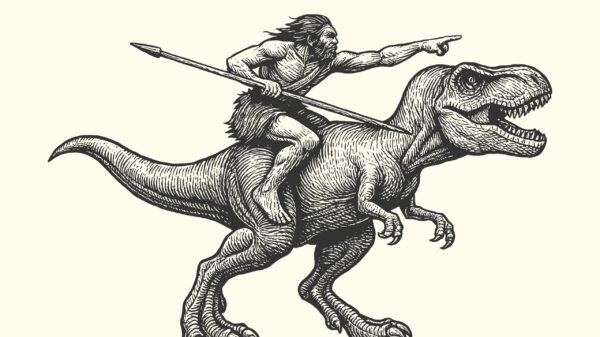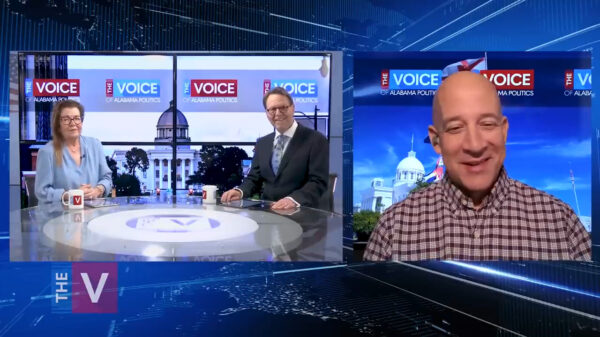Political polling can illuminate. It can also mislead. A new survey from Republican firm Cygnal is making the rounds this week, claiming that Senator Tommy Tuberville holds a commanding lead in a hypothetical 2026 governor’s race. Several outlets reported the topline numbers exactly as presented: Tuberville at 53 percent, former U.S. Sen. Doug Jones at 34 percent.
But that was as far as many got—the topline. Few read the memo. Fewer still asked whether the numbers mean what they appear to mean.
A closer look reveals something entirely different. And it should be stated plainly: Doug Jones has not announced a run for governor, making this matchup a theoretical exercise. Even so, Cygnal frames the race as if the outcome is already assured.
When the pollster writes the ending before the story begins, the reader should pause.
A polling memo that reads like a political press release
Cygnal’s “Executive Summary” does not sound like neutral research. It declares confidently that if Jones “decides to go on a futile mission in the 2026 gubernatorial election, he will meet a blowout defeat.” No professional pollster uses language like “futile mission.” That is not analysis; it’s messaging.
Context matters. Cygnal is not a neutral polling firm. It is one of the most active Republican-aligned pollsters in the nation, with a well-documented history of producing numbers that lean toward GOP candidates. That does not automatically discredit the work, but it does mean readers must apply scrutiny—something missing from the early coverage.
The topline collapses once you check the unweighted numbers
The 53–34 result depends heavily on modeled assumptions about what Alabama’s 2026 electorate will look like. But the unweighted numbers—the responses as they were actually given—tell a different story.
In the raw sample, Tuberville struggles to break 40 percent. That detail did not make it into the headlines.
For readers, here is the essential difference:
- Unweighted numbers reflect how respondents actually answered.
- Weighted numbers reflect how the pollster expects the electorate to behave.
Weighting is a standard tool in polling, but the moment assumptions enter the model, the pollster’s worldview shapes the outcome. And in this case, the worldview belongs to a firm with a clear partisan interest.
Even with aggressive weighting meant to amplify Republican turnout, Tuberville underperforms where a dominant candidate normally excels:
- Among swing voters: mid-40s.
- Among undecided voters: conservative-leaning, but not coalescing behind him.
- Among high-propensity voters: only breaks 50 percent with heavy modeling.
If this is the strongest number a Republican pollster can produce for a Republican candidate in deep-red Alabama, then the race is not nearly as predetermined as Cygnal suggests.
The shutdown section reveals the poll’s real purpose
The most telling moment comes in a section on the recent federal government shutdown. Cygnal reports that “two-thirds of Alabama voters said the shutdown did not affect them personally,” and that the group most likely to feel an impact were “self-identifying Democrats.”
This is not surprising. Alabama has fewer federal employees than most states, and Democrats are more likely to work in public-sector jobs.
But instead of offering context, Cygnal pivots sharply to a talking point:
“Alabama voters gave Trump a 56 percent approval on his handling of the economy—a narrative the mainstream media would not admit.”
This line has nothing to do with the shutdown question. It exists to reinforce a storyline: Democrats complain, Republicans endure, the press lies, and Trump is vindicated.
Neutral pollsters do not attack the media inside data sections. This is message-craft, not measurement.
When a memo uses a routine question about personal impact to springboard into partisan grievance, its purpose becomes unmistakable: to shape perception, not to capture reality.
The problem with partisan house-effect polling
Cygnal is not the only partisan polling firm with a house effect, but it is one of the most influential—especially in the South. In 2020 and 2022, several of its polls overstated GOP performance in competitive races. Analysts across the ideological spectrum, including FiveThirtyEight, have documented this consistent rightward lean.
House-effect polling is not inherently malicious; it simply reflects the firm’s assumptions. But those assumptions can become dangerous when journalists fail to challenge them, or when political narratives are built atop unchecked data.
Early polling shapes:
- donor behavior,
- activist enthusiasm,
- candidate recruitment,
- and the stories voters encounter.
When a poll presents a race as effectively over, long before campaigns are built or platforms defined, it dampens competition and weakens public confidence in the democratic process.
That dynamic is on full display here.
Alabama’s pre-2026 landscape is more complicated than Cygnal’s model suggests
Understanding why Tuberville’s unweighted numbers stall in the low-40s requires understanding Alabama’s current political terrain.
Turnout patterns in recent cycles reveal:
- wide GOP margins in presidential years;
- softer margins in midterms;
- increasing volatility among suburban moderates;
- strong mobilization among Black voters in high-stakes elections;
- and growing discomfort among business Republicans with performative politics.
Tuberville’s record fits uneasily into this environment. He holds high name recognition but a thin legislative record. His tenure has produced national controversies but few policy achievements. That profile does not guarantee vulnerability, but it does complicate the simplistic narrative that this race is already over.
This complexity—real complexity—is exactly what Cygnal’s topline number glosses over.
The deeper truth: Alabama voters are not living at the ideological extremes
Even through partisan modeling, the data show something important: most Alabamians do not live at the edges of politics. They live in the “middle way”—a space shaped by community, lived experience and a desire for competent, stable leadership.
Center-right or center-left, yes. Ideologically rigid? Rarely.
This matters because elections are won or lost in the middle—in neighborhoods, churches, workplaces and civic groups—not in the noise of national politics and not in the assumptions built into partisan models.
Tuberville’s inability to consolidate this middle in the raw data is not a trivial detail. It is the detail.
The topline story is not the real story
When you step back from the modeling, Tuberville’s numbers soften considerably. He holds advantages, but they are not overwhelming. He is competitive, but not untouchable. He enters 2026, should he choose to run, with high name recognition but not the deep base of support the topline claims.
If Jones were to enter this race—or if another Democratic candidate were to step forward—they would be facing a Republican whose support is far more fragile than Cygnal’s narrative implies.
Or, as the old political adage puts it, his support is a mile wide and an inch deep.
Understanding data begins beneath the surface
As the state approaches a pivotal election year, voters benefit from clear information rather than conclusions drawn from selectively framed data. Polling should clarify public opinion, not simply reflect the narratives presented alongside it. Reporting should evaluate the underlying memos and methodologies, not only the topline numbers.
Accurate data helps voters understand the landscape. Inaccurate or incomplete data can obscure it.
The recent Cygnal poll offers one view of the 2026 environment, but it also illustrates the importance of examining how information is presented and what assumptions accompany it. The results suggest that voter preferences remain fluid, the race is not settled, and careful interpretation is essential.
Polls are valuable tools—but only when read with attention to context, limitations, and the full picture they provide.

